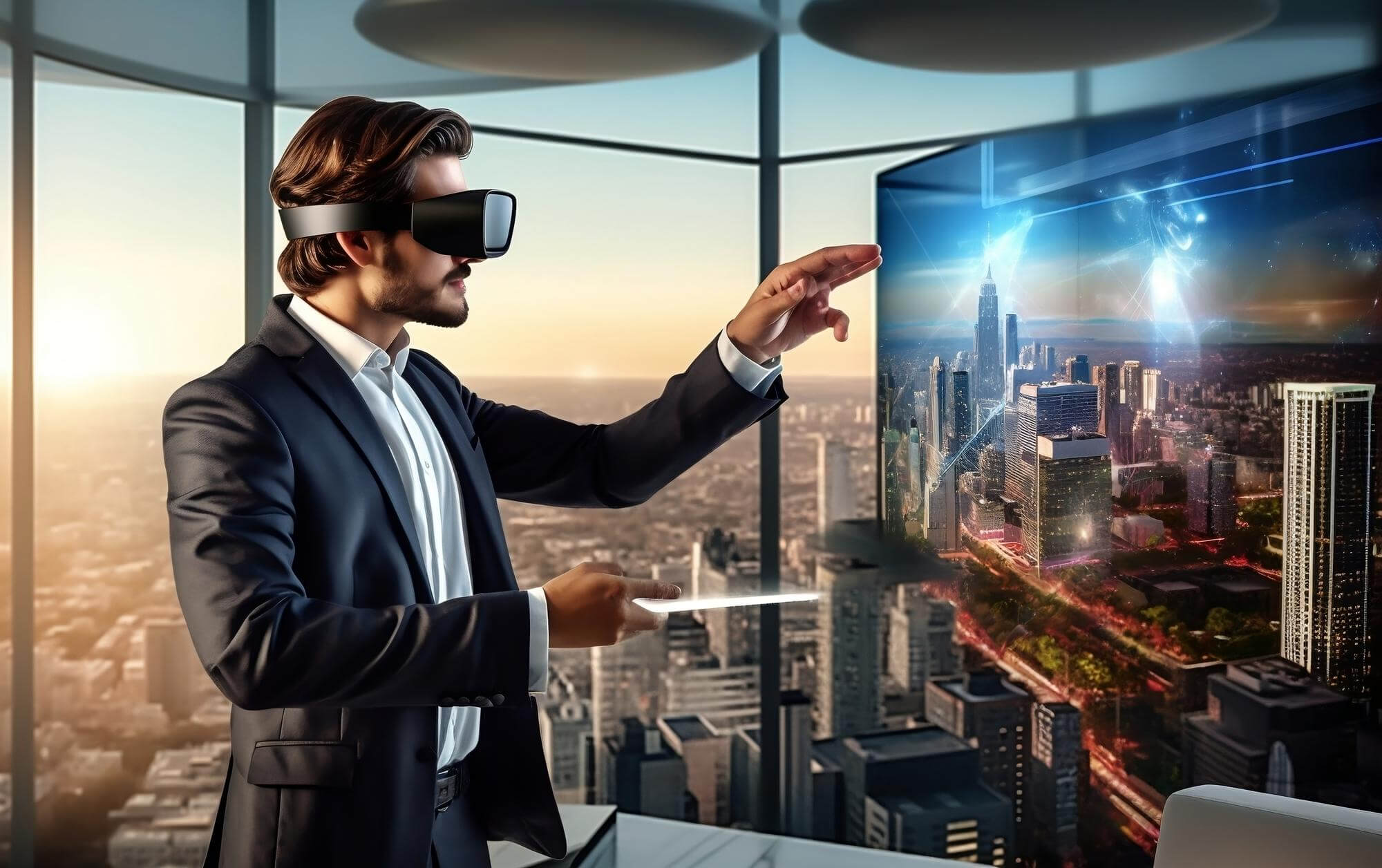In today’s world, where technology is advancing rapidly, businesses are always looking for new and innovative ways to reach their customers.
One such technology that has been gaining popularity in recent years is Augmented Reality (AR). Augmented Reality allows users to experience digital content in the real world through their smartphones, tablets, or AR glasses. This technology has the potential to revolutionize the way businesses market their products and services, providing immersive and interactive experiences for consumers. In this blog post, we will explore the impact of Augmented Reality and its counterpart, Virtual Reality (VR), on marketing strategies.
Understanding Augmented Reality and Virtual Reality
What is Augmented Reality?
Augmented Reality (AR) is a technology that overlays digital information, such as images, videos, or 3D models, onto the real-world environment. It blends computer-generated elements with the user’s view of the real world, typically through the camera of a smartphone, tablet, or specialized AR glasses. Unlike virtual reality, which immerses users in a completely digital environment, AR enhances the real world by adding virtual objects or information to it.
AR technology relies on computer vision, sensor data, and other advanced techniques to detect and track real-world objects and surfaces, allowing virtual content to be accurately placed and interacted with in the user’s environment. AR has applications in various fields, including gaming, entertainment, education, retail, marketing, healthcare, architecture, and more. It enables users to engage with digital content in a more immersive and interactive manner while still maintaining a connection to the physical world.
Here are some key features of AR:
- Combines digital and physical worlds: AR adds digital elements like visuals, sounds, or even touch sensations to a real-world environment.
- Real-time interaction: The digital elements in AR respond to what you’re doing in the real world, making it interactive.
- Accurate 3D registration: The digital objects are aligned correctly in the real world, so they appear to be part of it.
AR technology is used in a variety of applications, including:
- Gaming: Imagine battling aliens in your backyard or catching Pokemon on the street.
- Shopping: AR apps can let you virtually try on clothes or see how furniture would look in your home before you buy it.
- Education: AR can bring textbooks to life with 3D models and interactive overlays.
- Manufacturing and design: AR can help workers visualize complex designs and instructions.
AR is a rapidly developing field with a lot of potential to change the way we interact with the world around us.
What is Virtual Reality?
Virtual Reality (VR) is a computer-generated simulation of an environment that immerses users in a completely digital experience. Unlike traditional user interfaces, which are typically two-dimensional and require a screen, VR places users inside a simulated 3D environment that they can explore and interact with. Users typically wear a VR headset that tracks their head movements, allowing them to look around and feel as if they are inside the virtual world.
VR technology often includes specialized input devices, such as handheld controllers or gloves, that allow users to interact with objects and navigate within the virtual environment. Some VR systems also incorporate motion-tracking sensors to detect the user’s movements and translate them into the virtual world, enabling a greater sense of presence and immersion.
Virtual Reality has applications across various industries, including gaming, entertainment, education, training, simulation, healthcare, architecture, and more. It enables users to experience scenarios and environments that may be difficult, dangerous, or impossible to access in the real world, making it a powerful tool for exploration, learning, and entertainment.
Here’s how VR works:
- Simulated environments: VR creates a 3D world that you can explore and interact with.
- Immersive experience: You wear a VR headset that blocks out your real surroundings and fills your vision with the virtual world. Some systems may also include special gloves or suits to track your movements and provide a sense of touch.
- Sensory experience: VR can simulate sights, sounds, and even some physical sensations to make the experience feel real.
VR has a wide range of applications, including:
- Entertainment: VR video games put you right in the middle of the action.
- Education and training: VR can be used for things like medical simulations, pilot training, or exploring historical sites.
- Business: VR can be used for product design, virtual meetings, or showcasing real estate properties.
VR technology is constantly evolving, and it has the potential to revolutionize the way we learn, work, and play.
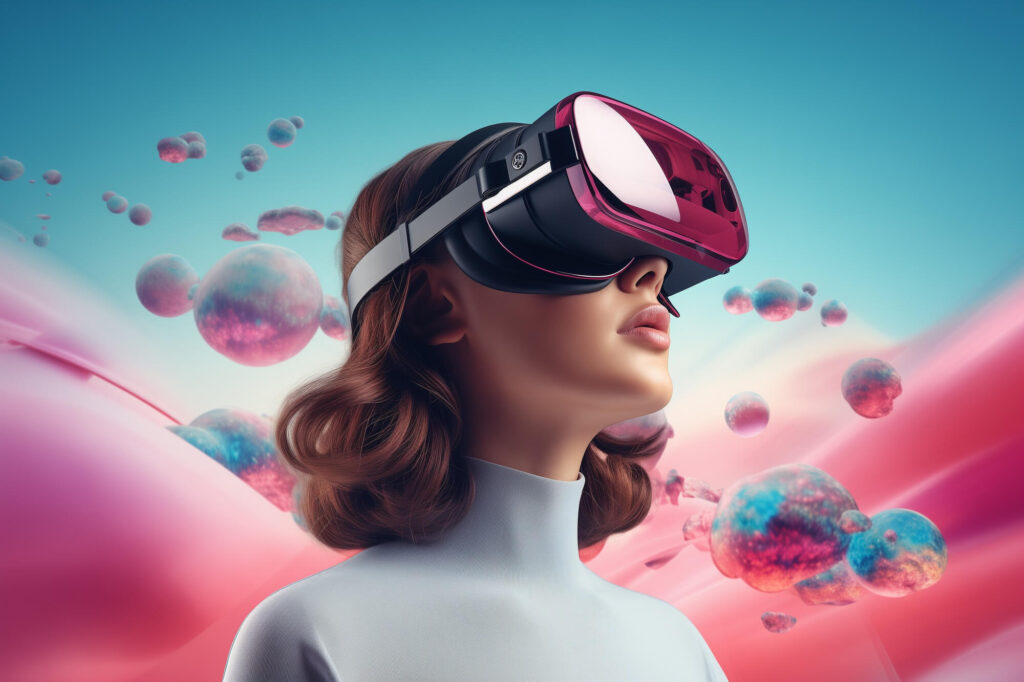
Friday
On Fridays, everyone is thinking about the weekend and hurrying to complete work to log off. Surprisingly, we’ve discovered that sending email newsletters around lunchtime on Fridays can be effective. After that, people are usually slowing down for the weekend and are less inclined to begin new tasks, making it more likely for them to check their email inboxes.
The Role of AR and VR in Marketing
Understanding Augmented Reality in Marketing
Augmented Reality (AR) has emerged as a groundbreaking technology in the realm of marketing, offering innovative ways to engage and captivate consumers. By seamlessly integrating digital elements into the physical world, AR enhances the user experience and creates immersive interactions that drive brand awareness and customer loyalty.
Evolution of Augmented Reality
The journey of Augmented Reality in marketing has been marked by significant advancements and transformative applications. From its early beginnings as a novelty concept to its current status as a powerful marketing tool, AR has evolved rapidly, spurred by advancements in technology and the growing demand for interactive experiences.
Early Adoption and Experimentation
In its infancy, Augmented Reality was primarily associated with gaming and entertainment. However, forward-thinking marketers quickly recognized its potential to revolutionize how brands connect with their audiences. Early adopters experimented with AR-enabled campaigns, paving the way for its widespread integration into marketing strategies across various industries.
Leveraging Virtual Reality for Marketing Success
While Augmented Reality dominates the conversation surrounding immersive technologies in marketing, Virtual Reality (VR) also holds significant promise for brands seeking to elevate their engagement efforts. Although VR offers a distinct experience from AR, its ability to transport users to virtual environments presents unique opportunities for marketers to create unforgettable brand interactions.
Enhancing Brand Engagement Through Virtual Reality
Virtual Reality immerses users in simulated environments, enabling them to experience products and services in entirely new ways. Whether it’s virtually exploring a destination before booking a trip or test-driving a car without leaving the showroom, VR offers unparalleled opportunities for brands to engage consumers on a deeper level.
Creating Memorable Experiences
One of the most compelling aspects of Virtual Reality in marketing is its ability to evoke emotions and forge connections with audiences. By transporting users to immersive worlds that resonate with their interests and aspirations, brands can leave a lasting impression and foster brand loyalty.
Advantages of Using Virtual and Augmented Reality in Marketing
Boosts involvement and interaction
By making experiences more real, you give your audience more personal ways to join in and connect with your brand, product, or service.
Enhances brand recognition
This technology grabs the attention of your desired audience and introduces your brand to others who are interested in the VR or AR experiences you provide. This fresh audience might not have thought about buying your product or service otherwise.
Enhances Understanding of Customers
Using Augmented Reality and Virtual Reality to observe how people engage with your brand allows you to understand customers better.
Speeds Up the Purchase Process
With the help of Augmented Reality or Virtual Reality, customers can make buying decisions faster. They can use AR or VR to virtually test your product, like clothes, shoes, glasses, or makeup, and choose more quickly.
Getting Started with AR and VR Marketing
If you’re interested in getting started with AR and VR marketing, there are a few things you can do:
- Identify Your Goals: The first step is to identify your marketing goals. What do you hope to achieve with AR or VR? Once you know your goals, you can start to brainstorm ideas for campaigns that will help you achieve them.
- Consider Your Target Audience: It’s also important to consider your target audience. Is AR or VR a good fit for your target demographic? If so, how can you tailor your AR or VR experience to appeal to them?
- Start Small and Experiment: Don’t try to do too much too soon. Start by developing a small-scale AR or VR campaign and see how it performs. This will help you learn the ropes and identify what works and what doesn’t.
- Partner with an AR or VR Development Company: If you don’t have the in-house expertise to develop your own AR or VR experiences, you can partner with an AR or VR development company. These companies can help you develop and implement creative and effective AR and VR marketing campaigns.
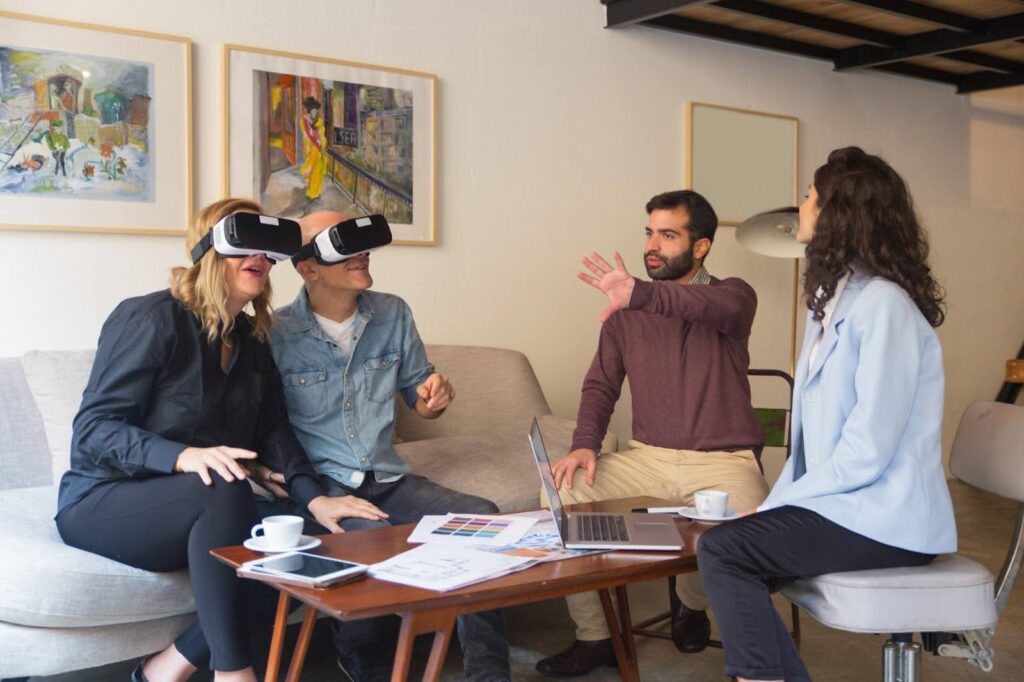
Challenges and Limitations of VR and AR Marketing
Though there are useful benefits to using Virtual Reality and Augmented Reality in your marketing plans, there are also challenges to consider.
Cost and Technical Requirements
Developing and implementing AR and VR marketing campaigns can be expensive. Businesses will need to invest in the necessary hardware and software, as well as creative talent to develop engaging experiences. Additionally, AR and VR experiences can be technically complex to develop and may not be accessible to all customers.
User Experience and Accessibility
It’s important to ensure that AR and VR experiences are user-friendly and accessible to all potential customers. This means considering factors such as device compatibility, motion sickness, and accessibility for people with disabilities. AR experiences should be designed to work seamlessly with smartphones and tablets, while VR experiences will require compatible headsets. Additionally, some users may experience motion sickness when using VR, so it’s important to design experiences that minimize this risk. Finally, AR and VR experiences should be designed to be accessible to people with disabilities, such as those with visual impairments or mobility limitations.
Data Privacy and Security
AR and VR experiences often collect data about users, such as their location and movements. It’s important for businesses to be transparent about how they collect and use this data, and to obtain user consent before doing so. Businesses also need to have strong security measures in place to protect user data from breaches.
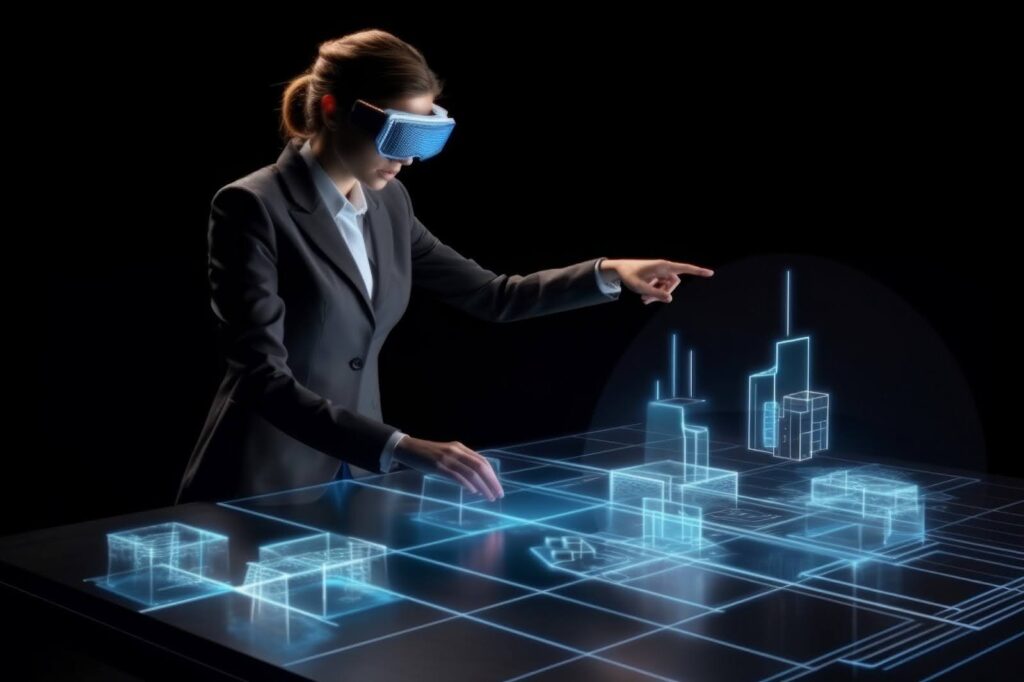
The Future of AR and VR in Marketing
AR and VR are still in their early stages of development, but they have the potential to revolutionize the way we market and sell products. As the technology continues to evolve, we can expect to see even more innovative and creative marketing campaigns that leverage the power of AR and VR.
Here are some of the trends that we can expect to see in the future of AR and VR marketing:
- More Affordable and Accessible Technology: As AR and VR technology becomes more affordable and accessible, we can expect to see more businesses adopt these technologies for marketing purposes.
- Integration with Social Media: We can also expect to see AR and VR integrated with social media platforms. This would allow brands to create even more immersive and interactive experiences for their followers.
- The Rise of AR Shopping: AR shopping is expected to become a major trend in the coming years. This will allow customers to try on clothes, furniture, and other products virtually before they buy them.
- Personalized AR and VR Experiences: AR and VR experiences will become more personalized, as brands collect more data about their customers. This will allow
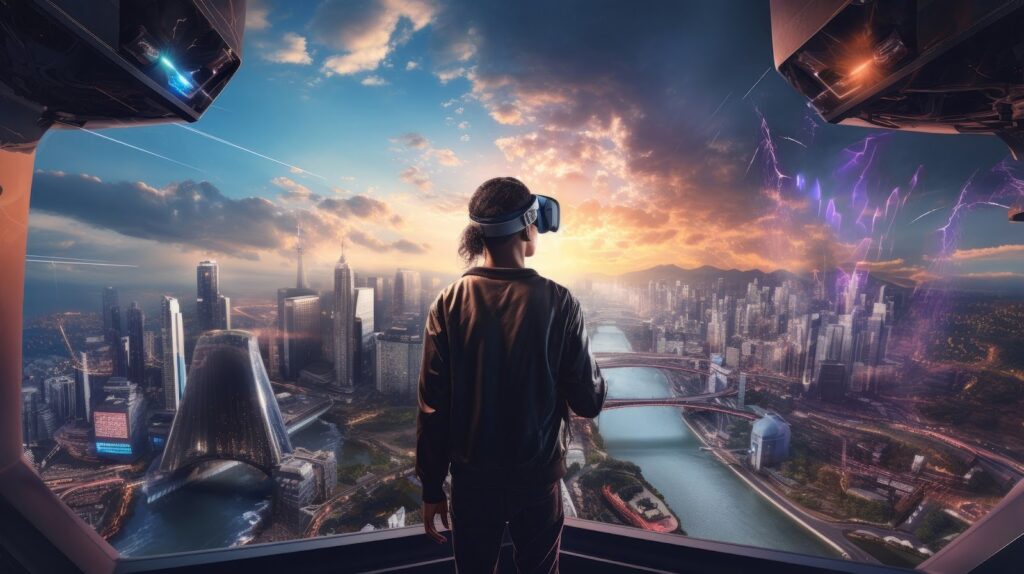
Key applications of Virtual Reality (VR) in marketing
1. Virtual Shops and Display Rooms
With VR, companies can make virtual shops and display rooms, letting customers explore products like they’re there, all from their homes. Customers can see details and buy things inside the virtual world. This not only helps businesses reach more people but also makes it easier to connect with customers worldwide, no matter where they are.
2. Virtual Gatherings and Brand Activities
With more people working from home and digital events becoming popular, VR provides an exciting option for gatherings. Brands can hold virtual meetings, launch new products, or promote their brand in virtual spaces. Attendees can chat with each other, explore virtual booths, and watch presentations or demos, all in a computer-made world. This creates new chances for businesses to reach their audience and make experiences they’ll remember.
3. Learning and Practice
Virtual Reality is very useful for training because it gives real-life simulations and hands-on practice. Industries like healthcare, aviation, and manufacturing can use VR to teach employees in a safe place. This not only helps people learn better but also saves money compared to regular training.
Top Tips For Using Augmented Reality And Virtual Reality In Marketing
The upcoming days for Augmented Reality (AR) and Virtual Reality (VR) in marketing seem filled with opportunities. With tech getting better and more people wanting immersive experiences, businesses can benefit. By following what works from real-life examples and sticking to smart ways of doing things, brands can make impactful, personal, and memorable experiences that click with their audience in a digital world.
1. Focus On Users
Think about the people using Augmented Reality (AR) and Virtual Reality (VR) first. Make sure the stuff you create is easy for them to use. Make buttons and menus that are easy to understand and use. Keep things simple and make sure the tech makes things better, not harder, for people using it.
2. Captivating Stories
Create interesting stories that blend well with Augmented Reality (AR) and Virtual Reality (VR) technologies. Use these tools to share stories that your audience will love, making them feel things and remember the experience. Whether it’s a virtual tour, a brand journey, or showing off products, storytelling adds richness and makes the immersive experience more meaningful.
3. Test And Optimize
Before you go big with Augmented Reality (AR) or Virtual Reality (VR) marketing, test everything well. Check if everything works as it should and if people like it. Ask people what they think and look at how they use it. Keep making it better based on what people tell you, so more people enjoy it and find it useful.
4. Cross-platform Accessibility
Think about all the different gadgets people might use for Augmented Reality (AR) and Virtual Reality (VR) stuff. Make sure your stuff works on all of them so everyone can use it. Whether it’s on phones, AR glasses, or VR headsets, make sure it works well on each one so everyone has a good time.
5. Do The Right Thing
Think about what’s right when using Augmented Reality (AR) and Virtual Reality (VR) in marketing. Keep people’s privacy safe and follow the rules about being fair. Let people know what you’re doing with their info and be honest. Being open builds trust, and making sure you use these cool technologies in a good and fair way makes the experience better for everyone.
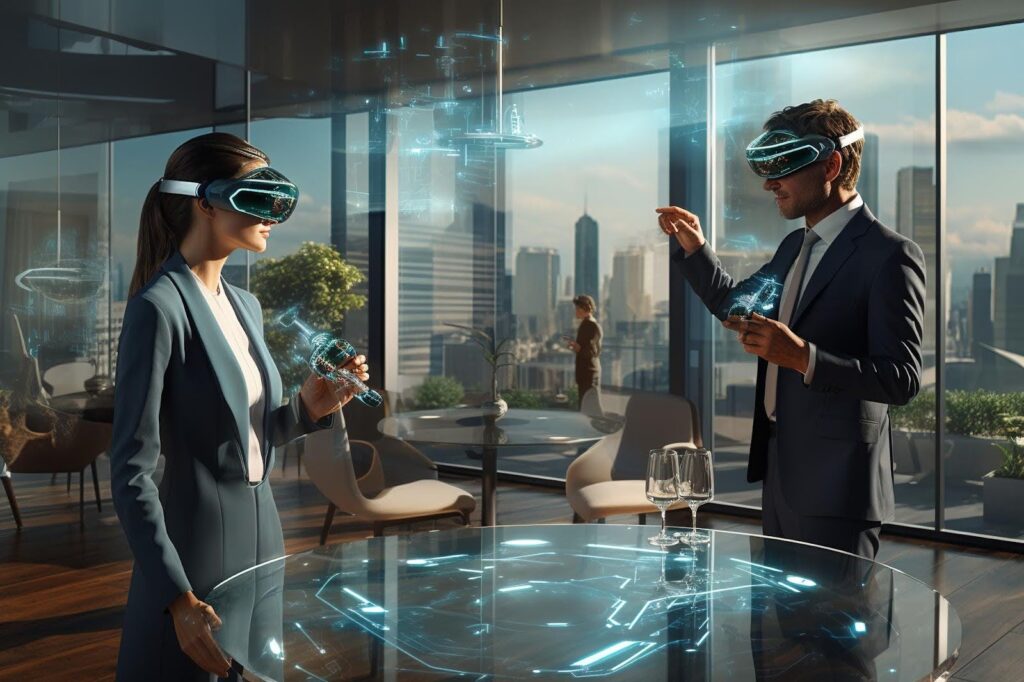
Get Ready for the Future with Better Marketing Ideas
As technology gets better, your marketing can too. Using virtual and augmented reality can make the user experience way cooler than before. Also, AI technology is getting better and will be a big part of your marketing soon. You don’t have to wait.
Conclusion
AR and VR are transforming marketing. They allow businesses to create immersive experiences that engage customers and boost brand recognition. These technologies personalize the customer journey and provide valuable insights. However, cost, user experience, and data privacy require careful consideration. As AR and VR become more affordable and accessible, businesses can leverage them to forge stronger connections with consumers. By embracing innovation and prioritizing ethics, businesses can win in the future of marketing.

